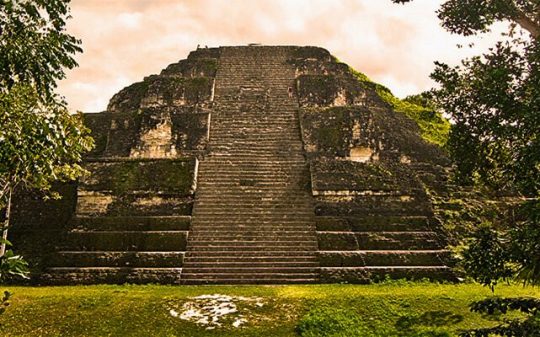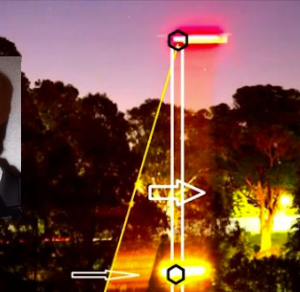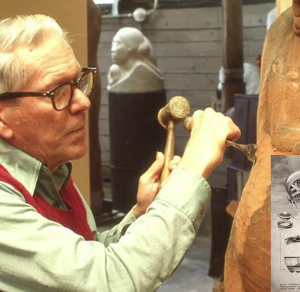The American continent holds an impressive number of pyramids, some made famous throughout the history, but many more remain in the shadows, waiting to reveal many secrets when the time comes.
Although it is the largest pyramid in the world, as it is officially registered in the Guinness Book of Records, The Great Pyramid of Cholula is a meaningless name for many people who have been taught in school only of the three Egyptian pyramids.
A solid reference to its nature is revealed by its original name, “Tlachihualtepetl”, which means “man-made hill”.
The reason why The Great Pyramid of Cholula is unknown to many, is because it was believed to be a common hill, being calculated to be approximately 4.45 million cubic meters, compared to the twice as tall Great Pyramid of Giza with an estimated volume of 2.5 million cubic meters.
The Great Pyramid of Cholula can be visited outside Puebla, one of the largest cities in Mexico. It was built as an accolade to Quetzalcoatl, one of the prime deities in Mesoamerican pantheon and pre-Colombian era. Cholula is not the name of a god, but the city which contained the Great Pyramid.
The rising of the Great Pyramid of Cholula had another purpose, to allay the nearby volcanic mountain called Popocatépetl. The Great Pyramid shrouds the contours of the Popocatépetl, reflecting a strong link between the pyramid and the volcanic mountain.
The first block of stone was set in 200 BC., and took several stages until completion. At the same time, 100 kilometers to the northwest of Cholula, in a city called Teotihuacan started the construction of a similar pyramid, suggesting a deep connection between those societies, to the point of sister cities. The rise of the Great Pyramid of Cholula lasted centuries, generations of ancient civilizations witnessing the architectural marvel.
The downfall of the Cholula is marked in history by the conquest of the Olmec-Xicallancas in 600 AD, who somehow did not destroy the Great Pyramid. Instead they carried on the Cholulas’ work, adding a few elements to the structure and nothing else, leaving it derelict.
In 1100 AD, another invasion took place, this time from the Toltec-Chichimecas. By then, the pyramid had a few levels submerged underground, with a rich vegetation flourishing all over its surface. In that period, the Toltec-Chichimecas built numerous temples across the city of Cholula. It is important to point out that in the same age, the Aztecs were expanding their empire and in their path of conquest came the turn of the Toltec-Chichimecas to experience defeat.
On their turn, the Aztecs were invaded by the Spanish, and in 1519, the Spanish conquistador Hernan Cortes set foot for the first time in Cholula, and having no knowledge of Cholula’s history, he left believing that the Great Pyramid was nothing but a natural hill until our days.
In 1594, the Spanish colonialists built the Church of Our Lady of Remedies which is today a tourist attraction along with the Great Pyramid of Cholula.
Only in 1910 did the Great Pyramid stand out in the eyes of a more civilized and insightful men, in the context of building a mental asylum at the base of the hill, when they realized that the geographical shape was everything but natural.
Following the discovery of the pyramid, archaeologists directed surveys and excavations. To make possible a meticulous investigation deep inside the pyramid, a network of tunnels summing up 8 km. One of the most disturbing finds is that of an altar buried beneath the Great Pyramid of Cholula where deformed skulls of two decapitated children were brought to light.
Although the Great Pyramid of Cholula is an architectonic wonder and a relic of forgotten history, it is a surprisingly ignored place, which actually benefits the vestige, because the overcrowding of tourists would definitely impact in a negative way in terms of preservation.











